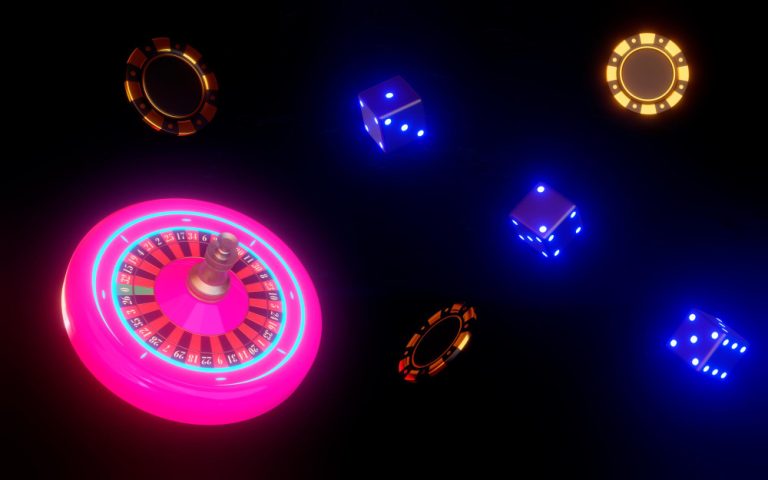HOUSTON — Perhaps you’ve heard the Toronto Blue Jays have had trouble slugging the ball this season, hitting the second-fewest homers across MLB (12) while scoring fewer than four runs per game. Their barrel rate and isolated power are among the lowest in the game. But they certainly aren’t alone in being flummoxed by Houston Astros ace Hunter Brown.
Monday, Brown extended his remarkable scoreless streak — it began April 3 — to 24 consecutive innings with an unreal seven against an overwhelmed Toronto lineup, as the Astros dropped the Blue Jays, 7-0.
If he’s going to keep this up, hitters should get to use aluminum bats against him. And it isn’t just this month. Brown’s been one of the toughest pitchers in the game to do damage against over the last 12.
No qualified pitcher has a lower hard-hit rate or average exit velocity allowed since the beginning of last May than Brown. And the only one with a lower ERA than his 2.37 entering Monday’s start is arguably the best in the game, Paul Skenes (2.14).
Sitting 97.7-m.p.h. with his four-seamer and occasionally touching 99, Brown mixed and matched six different pitches Monday, earning whiffs with five of them. It’s one thing when Chris Bassitt does that while working in the low-90s. It’s another when a dude’s throwing one of the hardest four-seamers in the game and a 96-mph two-seamer that isn’t exactly soft.
Good luck guarding against those pitches at the top of the zone while respecting a fading, 89-mph “changeup” and hard curveball at the bottom. That knuckle curve features 6.5 inches more drop than ones with comparable velocities and release points this season. And then there’s a slider for righties and a cutter for lefties, because why not?
So, when Blue Jays starter Kevin Gausman allowed four runs in a loud fifth inning, the Astros had all they were going to need. But putting that rough frame aside, Gausman can come away from his outing feeling good about one number in particular — eight.
That’s the number of whiffs he earned with his splitter over six innings. It’s the most he’s gotten with the pitch this season — and only the seventh time he’s had that many in 36 starts since the beginning of 2024.
Granted, there’s no way Gausman can feel positive following a fifth inning when six consecutive Astros reached base with one out, four of them ultimately scoring. Yet, nearly all that damage came against Gausman’s fastball. Cam Smith and Brendan Rodgers singles; Zach Dezenzo’s double; a groundball single from Isaac Peredes. The result is no doubt a frustrating one for Gausman. But what he showed in the process was encouraging.
Gausman’s splitter was carrying the zone, starting thigh-high before plummeting beneath bats. In the second inning, he used it to strike out Smith, stranding Jeremy Pena’s leadoff walk. In the third, he used it for back-to-back strikeouts of Jose Altuve and Yordan Alvarez to abandon another runner. In between, he used it to generate weakly hit groundouts from Yanier Diaz and Peredes.
In all, Gausman allowed the pitch to be put in play only three times on the night and earned a called or swinging strike with 31 per cent of the splitters he threw. If Gausman can get that pitch working again, he’ll have taken an important step towards rediscovering the ace-like form he’s been hunting for a while.
From 2020 through 2023, Gausman regularly posted whiff rates between 43 and 49 per cent with his splitter, making it one of the most effective secondary offerings in the game. But after generating swing-and-miss with a third of his splitters in 2024, that rate dropped off a cliff in 2025, sitting at 19 per cent entering Monday’s outing.
Under the hood, a few factors stuck out. For starters, Gausman was killing the spin on the pitch less effectively, averaging over 1,900 RPM of spin with it this year after sitting in the 1,700 range over the last two seasons, and the 1,500’s in 2021 and 2022. That impacted the pitch’s shape, causing it to move more horizontally to his arm-side with less sharp vertical drop.
More movement should be a good thing, right? Not necessarily. Splitters are designed to look like fastballs out of the hand before dropping vertically late in their path to the plate, which helps generate those whiffs from hitters swinging too early and too high. But if the pitch is moving too much horizontally, it’s easier for hitters to differentiate from his fastball, undermining that tunneling effect and allowing them to lay off or adjust their swings to get wood to it.
“You’ll see at times you get the nasty drop, the depth to the pitch, the vertical movement that we’re looking for. And then, other times, it doesn’t have quite the drop and more horizontal,” said Blue Jays pitching coach Pete Walker. “So, we’re trying to get more consistency with it down. And that’s grip adjustments, that’s some things that we’re trying to play around with a little bit. The main thing is to carry the zone. To not waste a pitch where it’s a ball out of hand.”
Over his first four starts this season, Gausman shifted his splitter location up, landing it in the zone at a career-high rate. It’s fair to presume that was an attempt to get hitters swinging at it more often, or even taking it for called strikes if they’re trying to eliminate it and laying off. But the increased horizontal movement made it easier for hitters to recognize the pitch and put it in play or fight it off, which is why Gausman’s splitter in-zone whiff rate bottomed out to 5.4 per cent:

That also allowed the pitch to drift into the bat paths of right-handed hitters, who hammered Gausman’s split through his first four starts at an average exit velocity of 99 m.p.h.
But Gausman threw it 31 times to right-handed hitters Monday, getting five swinging strikes, three called strikes, and two foul balls. Perhaps most encouraging was how it played with two strikes in the strikeouts of Smith and Altuve.
From 2021 through 2024, if you were a right-handed hitter in a two-strike count against Gausman, you were getting a splitter over half the time. But so far this season, Gausman’s thrown more four-seamers than splitters in two-strike counts against righties and tried to use his seldom-thrown slider as an out pitch more often than ever.
It’s been a useful and perhaps necessary adjustment, as Gausman’s splitter has been getting less swing-and-miss against righties in two-strike counts — only 10 per cent, a far cry from the 41.6 per cent he averaged from ’21 through ‘24 — than both his four-seamer (23.1 per cent) and slider (20 per cent). But Gausman ultimately needs his splitter working against righties to be successful. It’s fundamental to his game.
So, too, is four-seam fastball velocity. After spending the early part of 2024 searching for lost ticks on his heater, Gausman focused on adding weight over the off-season and has begun 2025 in a much better spot, averaging 94.2 m.p.h. on the pitch over his first four starts.
Monday, it averaged 95.6 m.p.h. and Gausman used it to finish half of his strikeouts. He entered the game tied for the ninth-most strikeouts finished with a four-seamer across MLB with 13 — 11 of them swinging.
Ultimately, he threw it 56 per cent of the time, following a trend that’s seen him throwing it as often as he has since 2019, before he reinvented himself in his late-20’s, dramatically upping his splitter usage and becoming the Cy Young caliber ace we’ve seen since.
“I feel good about him when his velo is where it is. And I think the consistency on the split will come. We’ve seen it at its best at times and we just haven’t seen it at its best all the time,” Walker said. “I’d rather have more drop right off the fastball than the fade. We want to draw swings. The one that’s away tends to be laid off more. And obviously when it is in the zone, its flatter. So, there’s certainly reasons why we would prefer the depth of the pitch over the horizontal.”
If Gausman has that action he’s seeking, if he has his splitter working again, he can begin reversing the pattern of his results over the last 12 months. He can get back to what he does best. Hard, back-spinning fastballs up; vertical, late-breaking splitters down. The kind of arm you build a rotation around.







